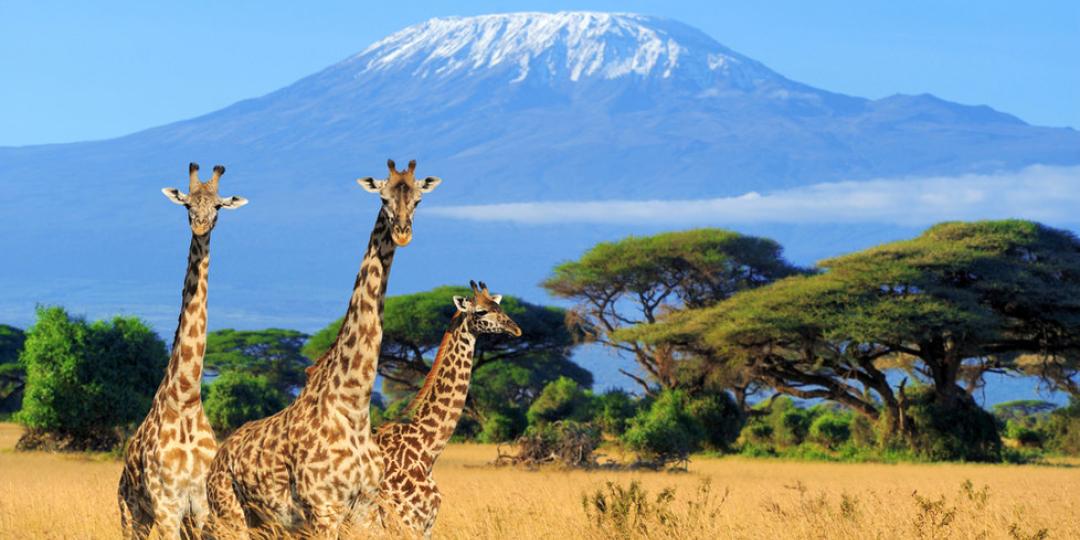Sub-Saharan Africa has been identified as a region with massive potential in travel and tourism sectors, however multiple structural, institutional, economic and socio-economic challenges have hampered growth, according to data from the World Travel & Tourism Council (WTTC).
The Travel and Tourism Competitiveness Index (TTCI) forecasts the region’s direct travel and tourism GDP to grow by 60% from 2018 to 2029 – that’s under 5% growth per year.
Untapped potential
Despite the sector’s potential and importance to economic development, regional economies are yet to develop strategies to take full advantage of this. This is shown in the typically low scores for prioritisation of travel and tourism and overall international openness.
Nearly half of the 34 regional economies covered by the report are among the upper half of top scorers for natural resources, with Tanzania, South Africa and Kenya among the top 20%.
The region accounts for nearly 17% of Unesco World Heritage sites, based on International Union for Conservation of Nature figures. However, the region is the least competitive in the world when it comes to travel and tourism, with only Mauritius, South Africa and the Seychelles ranking in the upper half of the Travel and Tourism Competitiveness Index scorers. Consequently, sub-Saharan Africa boasts a large gap between overall TTCI and natural resource scores in the ranking.

This gap is caused by issues such as unfavourable business environments, health and hygiene concerns, low Information and Communications Technology (ICT) readiness and severely underdeveloped infrastructure, in particular air access infrastructure.
Price competitiveness, which could be one of the region’s major advantages, is often skewed by high-ticket tax prices, airport charges and hotel prices. These challenges make sub-Saharan Africa less likely to attract visitors and travel and tourism investors despite its appealing natural assets, the report says.
The Travel and Tourism Competitiveness Index is produced by the World Economic Forum in collaboration with industry partners.






















